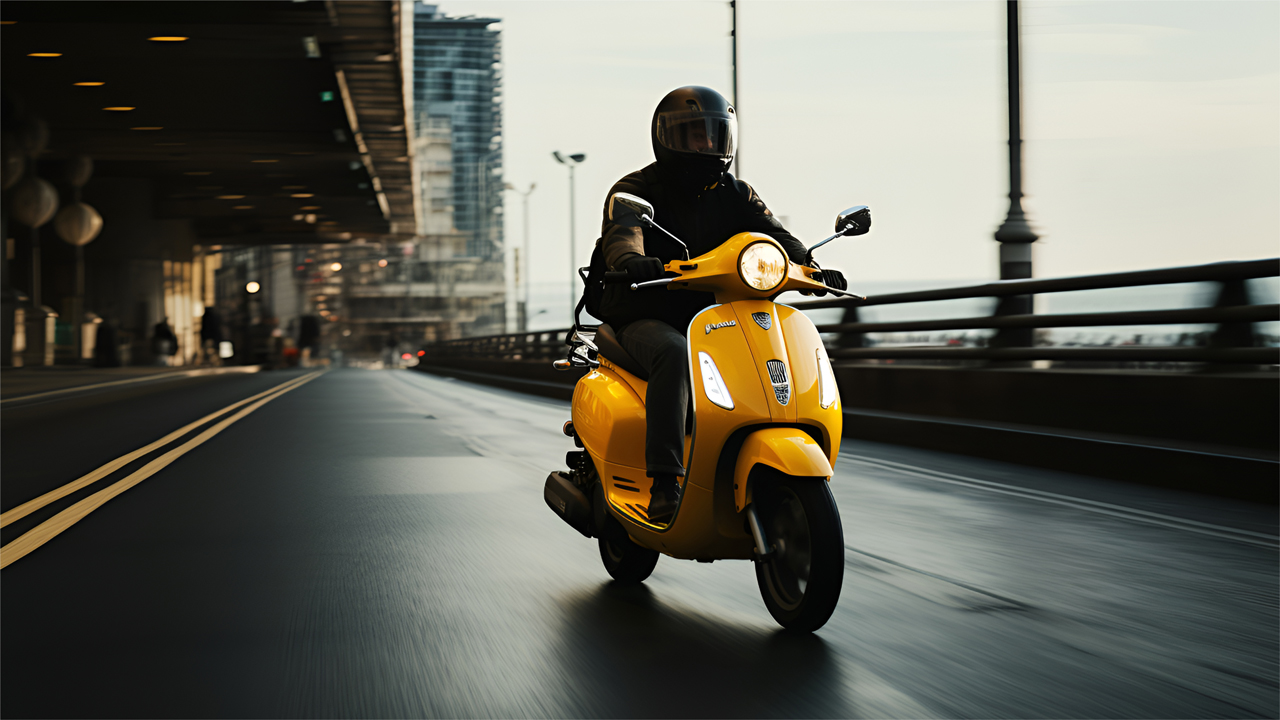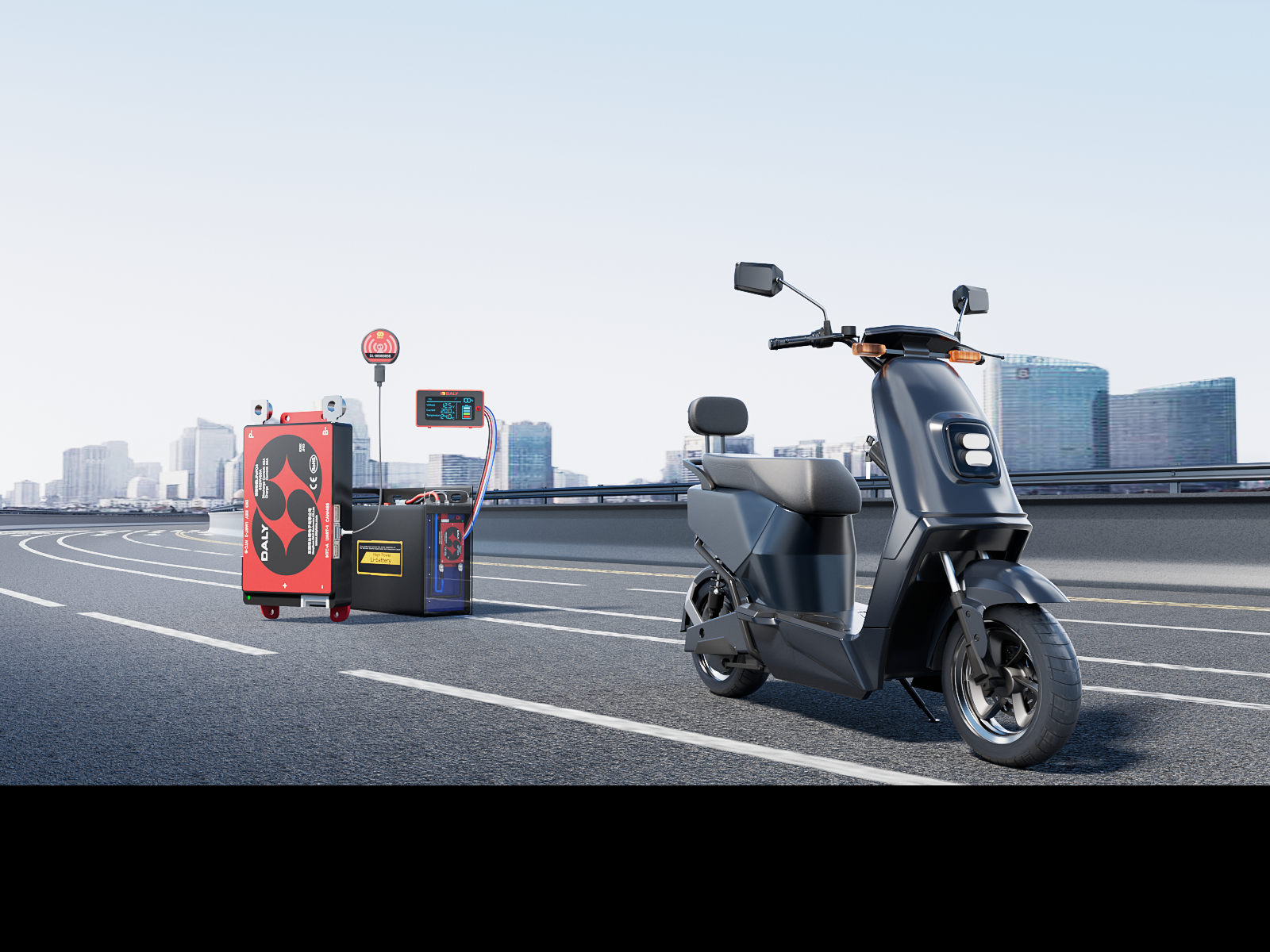As we move through 2025, understanding the factors affecting electric vehicle (EV) range remains crucial for both manufacturers and consumers. A frequently asked question persists: does an electric vehicle achieve greater range at high speeds or low speeds? According to battery technology specialists, the answer is clear—lower speeds typically result in significantly longer range.
This phenomenon can be explained through several key factors related to battery performance and energy consumption. When analyzing battery discharge characteristics, a lithium-ion battery rated at 60Ah may only deliver approximately 42Ah during high-speed travel, where current output can exceed 30A. This reduction occurs due to increased internal polarization and resistance within the battery cells. In contrast, at lower speeds with current outputs between 10-15A, the same battery can provide up to 51Ah—85% of its rated capacity—thanks to reduced stress on the battery cells, efficiently managed by high-quality Battery Management Systems (BMS).


Motor efficiency further impacts overall range, with most electric motors operating at approximately 85% efficiency at lower speeds compared to 75% at higher speeds. Advanced BMS technology optimizes power distribution across these varying conditions, maximizing energy utilization regardless of speed.
Post time: Sep-16-2025





